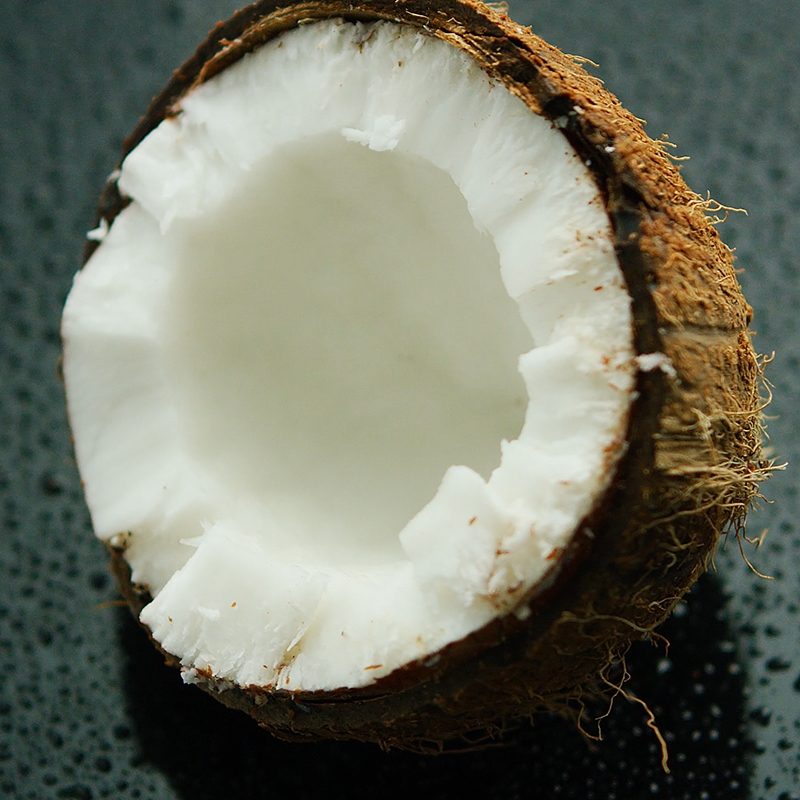
By: Stephanie Ph.
Year: 2020
School: Talbert (Samuel E.) Middle School, 8th grade
Division: Junior
The purpose of my experiment is to test out which plant fiber material would work best for making activated charcoal.
For my experiment, I will be testing different types of plant fibers to make charcoal, which will then be made into activated carbon. To test out the effectiveness of my activated carbon, I will use it in a water filter. The cleaner the activated carbon filtrates the water, the more effective it is.
The overall purpose is to filter water using a quick and easy way that won’t cost a lot of money. So, I started making charcoal from different bases. In my experiment, I used the bases, wood, coconut shells, and tangerine peels to make charcoal, and heated the bases until they turned into charcoal. I then added calcium chloride to enhance it’s absorption properties, and then heated it once more to activate it. I then made basic water filter swith the activated carbon at the bottom, and tested out the water filter using contaminated water.
In the end, the coconut shell base had the best result for purifying water, and tangerine peels were the least effective activated charcoal base. Although, the wood base was close behind the coconut shells and was also an efficient water filter. The tangerine peels weren’t effective at all, it only filtered some impurities out of the water, but didn’t do an effective job. For the coconuts hell base, it filtered out 40 total alkalinity out of contaminated water. In conclusion, the coconut shell base was the best base in activated carbon to filtrate water.
